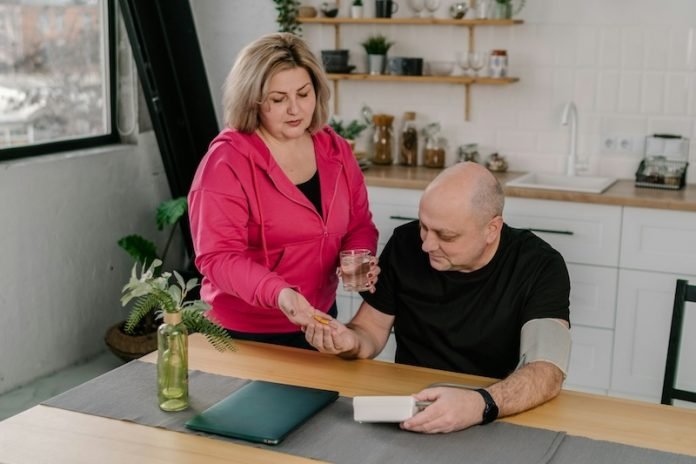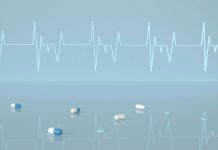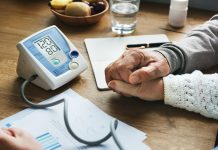
High blood pressure, or hypertension, is often called the “silent killer” because it can cause significant damage without showing any symptoms.
However, there are critical moments when high blood pressure demands immediate medical attention to prevent severe complications.
This review delves into understanding when emergency care is necessary for individuals with high blood pressure, backed by research evidence.
Blood pressure is the force of blood pushing against the walls of your arteries. When this force is too high over time, it can damage your arteries and lead to heart disease, stroke, kidney problems, and other health issues.
Doctors usually consider blood pressure to be high if it’s over 130/80 mm Hg. But when does a high reading mean you should go to the emergency room?
Firstly, it’s important to know what high blood pressure looks like in your day-to-day life. Many people with high blood pressure don’t feel any different.
That’s why regular check-ups are key. However, certain situations and symptoms indicate that your high blood pressure could be in a dangerous zone, calling for emergency care.
A condition known as hypertensive crisis is when your blood pressure readings suddenly exceed 180/120 mm Hg. Research shows that hypertensive crises are medical emergencies that can lead to organ damage if not treated promptly.
A study published in the Journal of American Heart Association highlights the importance of recognizing symptoms that accompany such high readings, which include severe headache, chest pain, difficulty breathing, severe anxiety, and signs of stroke like weakness or numbness in the face, arms, or legs, trouble speaking, or vision problems.
The reason behind the urgency in these situations is the potential for immediate harm to your organs. High pressure can cause your blood vessels to weaken or burst, leading to strokes or heart attacks. It can also cause your heart to work too hard, leading to heart failure.
Emergency treatment for severe high blood pressure aims to lower the pressure without causing sudden drops that might lead to shock.
Healthcare professionals use medications and continuous monitoring to achieve this. The goal is to reduce blood pressure to a safer level without dropping it too quickly, which could be just as dangerous.
Recognizing when to seek help can save lives. A study in the “New England Journal of Medicine” emphasized that early intervention in hypertensive emergencies significantly reduces the risk of long-term damage. Yet, it’s crucial not to rush to the ER with every high reading.
If you have a slightly elevated reading but no symptoms, it’s often advised to recheck it in a few minutes or contact your healthcare provider for guidance.
Prevention plays a crucial role, too. Regular monitoring, a healthy lifestyle, and following your doctor’s advice can keep high blood pressure in check and reduce the risk of emergency situations.
But if you ever find yourself or someone else experiencing symptoms of a hypertensive crisis, it’s better to err on the side of caution and seek immediate medical attention.
In conclusion, while high blood pressure might be a common condition, its extremes demand serious attention and quick action.
Understanding when to seek emergency care is not just about reacting to numbers on a blood pressure monitor; it’s about listening to your body and recognizing the signs that indicate immediate danger. In the fight against the silent killer, knowledge, and timely action are your best allies.
If you care about high blood pressure, please read studies about unhealthy habits that may increase high blood pressure risk, and drinking green tea could help lower blood pressure.
For more information about high blood pressure, please see recent studies about what to eat or to avoid for high blood pressure, and 12 foods that lower blood pressure.
Copyright © 2024 Knowridge Science Report. All rights reserved.



